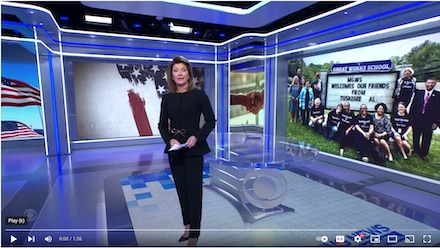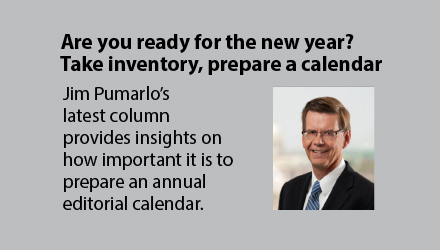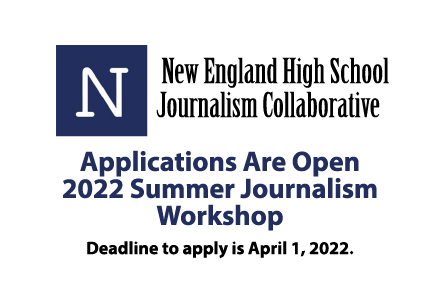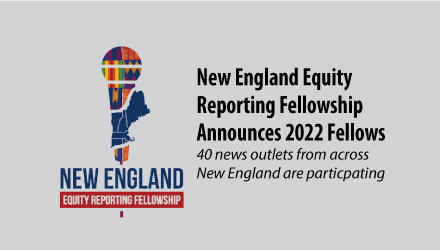Annually, the Society of Professional Journalists presents the Mark of Excellence Awards, honoring the best in student journalism.
Entries are first judged on the regional level. First-place regional winners advance to the national competition, and most are recognized at their respective regional SPJ conference in 2022. National winners will be showcased on spj.org.
A best in show (MOEy) award will be given for the overall best entry among all national winners. The winner will be honored at the SDX Awards dinner.
Winners in the following categories are eligible for a MOEy only if they cover a single topic:
- Best All-Around Student Newspaper
- Best All-Around Radio Newscast
- Best All-Around Television Newscast
- Best All-Around Television News Magazine
- Best Affiliated Website
- Best Independent Online Student Publication
- Best Podcast
Enter online
You may submit entries for the Mark of Excellence Awards using this online entry form. Entries are due by 11:59 p.m. ET on February 1, 2022.


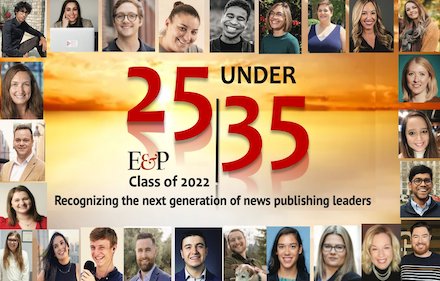
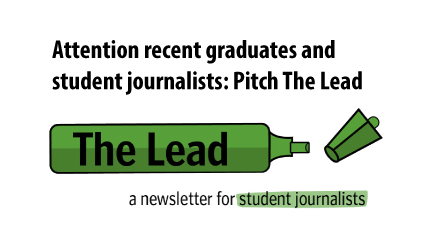
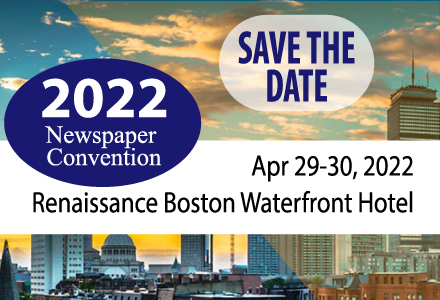
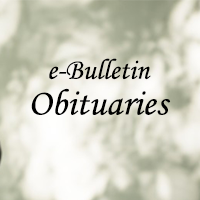
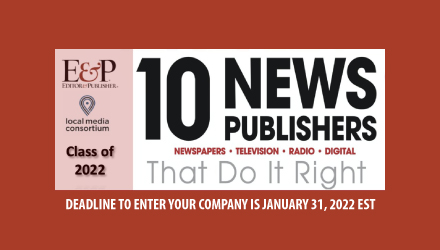
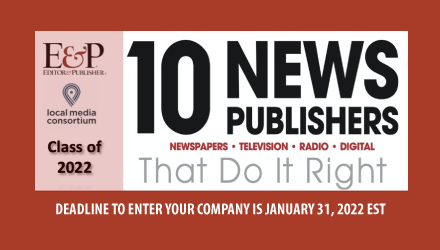 The March 2022 issue of Editor & Publisher will profile the “10 News Publishers That Do It Right.” The list is meant to spotlight select news operations (print, digital, broadcast, or newsletters) that have earned a notable achievement in at least one particular area, carried out a successful innovation, implemented cost-savings procedures, or developed programs that have generated revenues or increased audience.
The March 2022 issue of Editor & Publisher will profile the “10 News Publishers That Do It Right.” The list is meant to spotlight select news operations (print, digital, broadcast, or newsletters) that have earned a notable achievement in at least one particular area, carried out a successful innovation, implemented cost-savings procedures, or developed programs that have generated revenues or increased audience.